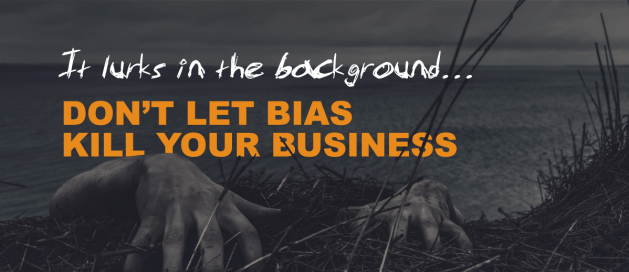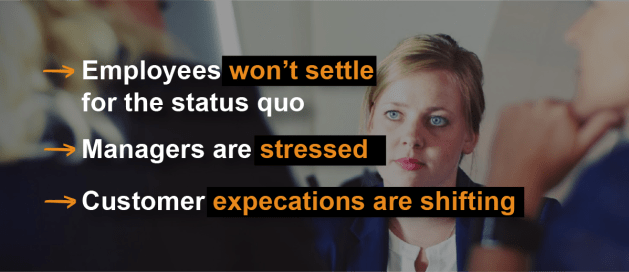
We’ve all been there.
Spring. The weather gets warmer. The sun starts shining and that seasonal depression starts to lift. You start feeling the urge to accomplish. You set out on a mission to restart and refresh.
But then, you start to think of all that needs to get done. You think of all the tasks you so easily neglected in favor of that warm blanket on the couch you snuggled up with during those short, cold winter days. You think of the plans you have for spring and summer. The vacation you intended to plan out during winter is quickly approaching with little in motion. Those home projects you were so excited for never seemed to get past the idea stage. The kids only have a few months left before summer break and you haven’t locked in a single summer activity on the calendar.
You get overwhelmed. The anxiety overtakes your motivation. You don’t know where to start.
We’ve all been there. Those “New Year’s Resolutions” that only make it to see February. The weight-loss goal that you keep pushing off to start on Monday. That book you were so eager to start but only made it to chapter 3.
The motivation faded. The goals were abandoned.
Setting the right goals and sticking to them is hard. Factor in the countless obstacles and barriers that get thrown in the way and it’s no wonder so many never achieve what they set out to do. Motivation towards a goal is not a linear process. Approaching a goal without accounting for the dips and spikes in motivation you will experience throughout the journey can often lead to failure. Understanding the behavioral science involved in motivation is key to sticking it out.
That’s where we come in.
With our background in behavioral science and the decades of experience working with organizations to increase their employee motivation and performance, we’ve acquired a wealth of insights. We knew we could create a product that brings the positive powers of behavioral science into an actionable guide to help people set better goals, commit to the process, and ultimately, achieve their goals.
It started with Brain/Shift– a personal guided journal that goes deeper, is fueled by science, is actionable, challenging, and rewarding. A journal designed by behavioral scientists, that taps into your underlying human drives, biases, habits, and behaviors to help you reach your goals and achieve your dreams.
But we weren’t done. The positive feedback we received from those who invested in themselves with Brain/Shift inspired us to reach further. We knew we had to expand our scope to provide additional products that support those on their journey to accomplishing more.
We are excited to share that we have expanded our Brain/Shift Collection of products with the launch of the Goal/Shift Module. Designed to support you throughout the process of goal setting and attainment by providing you insights into motivation and a clearer understanding of your own goal process. Goal/Shift focuses in on keystone goals – the goals that bring your life value and align with what you truly want.

You’ll discover the reasons why your goals fell short in the past, identify the goals you truly want to achieve, refine them, and commit to them by breaking them down into actionable steps.
We’ve shifted the approach to setting goals. Our approach combines science with action. Provides insights with guidance. Merges the gap between what is known and what is done.
And with that, we have one thing left to ask…. Are you ready to shift?
Order Goal/Shift – the newest product in the Brain/Shift Collection now!
You can also shop our Brain/Shift Journal and add in a Calendar to support you throughout your shift.












